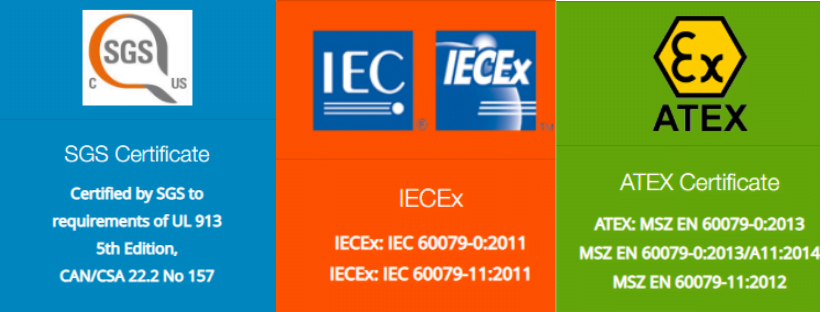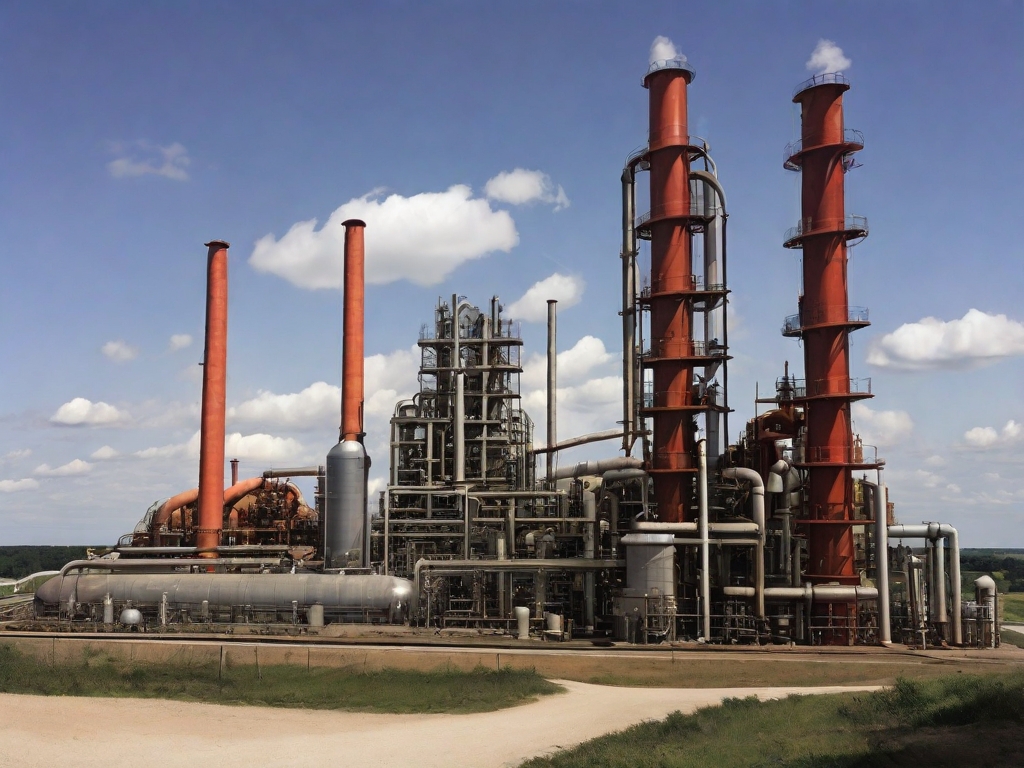When it comes to safety in hazardous environments, understanding and adhering to intrinsically safe standards is crucial. These standards, such as ATEX, IECEx, and NEC, are designed to ensure the safe operation of equipment in potentially explosive atmospheres. In this article, we will delve into these three standards, comparing their similarities and differences. This information is brought to you by the Intrinsically Safe Store, your go-to source for intrinsically safe and explosion-proof equipment. We invite you to explore our website to learn more about our products and services.
What are Intrinsically Safe Standards?
Intrinsically safe standards are guidelines that govern the design and operation of equipment used in hazardous environments. These standards aim to prevent the ignition of flammable substances by electrical equipment. They are enforced by various international and national bodies and are critical for industries such as oil and gas, mining, and chemical processing.
ATEX Intrinsically Safe Standard
The ATEX directive, derived from the French title “Atmosphères Explosibles,” is a European Union directive that oversees equipment intended for use in potentially explosive atmospheres. The directive has two parts: ATEX 137, which protects workers exposed to explosive risks, and ATEX 95, which pertains to equipment and protective systems.
IECEx Intrinsically Safe Standard
The International Electrotechnical Commission System for Certification to Standards Relating to Equipment for Use in Explosive Atmospheres (IECEx) is a global system that provides assurance that equipment and systems are safe for use in explosive environments. The IECEx covers a wide range of equipment, including electrical and non-electrical, and provides a certification of personnel competencies.
NEC Intrinsically Safe Standard
The National Electrical Code (NEC), also known as NFPA 70, is a standard used in the United States for the safe installation of electrical wiring and equipment. The NEC includes provisions for equipment used in hazardous locations, including intrinsically safe systems.
Comparing ATEX, IECEx, and NEC Standards
While all three standards aim to ensure safety in hazardous environments, they differ in their scope and application. ATEX is a directive that applies to all EU member states, while IECEx is a voluntary system that provides an international approach to certification. On the other hand, the NEC is a region-specific standard used primarily in the United States.

Another key difference lies in the certification process. ATEX requires a self-declaration of conformity for products, while IECEx requires third-party certification. The NEC, meanwhile, requires approval from a local authority having jurisdiction.
Comparing ATEX, IECEx, and NEC Standards
Understanding and adhering to intrinsically safe standards is crucial for ensuring safety in hazardous environments. While ATEX, IECEx, and NEC all aim to prevent the ignition of flammable substances by electrical equipment, they differ in their scope, application, and certification process. By understanding these differences, businesses can ensure they are choosing the right equipment for their specific needs.
For more information on intrinsically safe and explosion-proof equipment, visit the Intrinsically Safe Store. Our team of experts is ready to assist you in selecting the right products that meet the necessary safety standards. Contact us today to learn more.


























